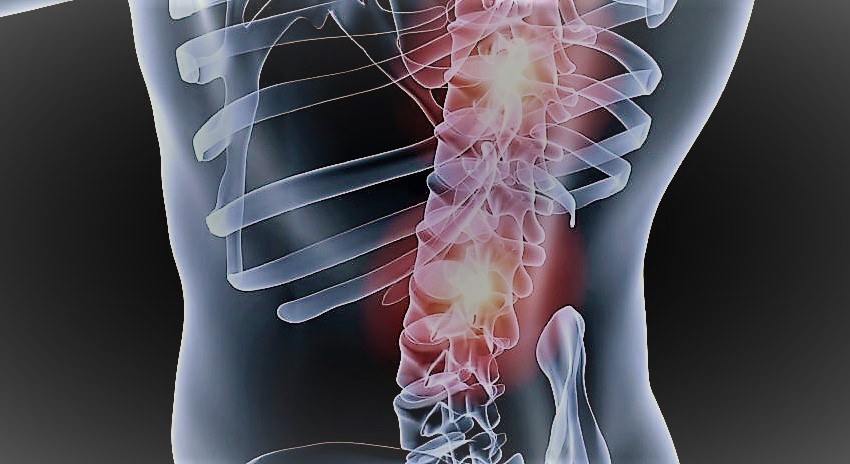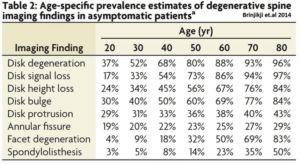22 Jul i have back pain – do I need an xray or a scan?

Current guidelines for low back pain recommend against routine use of plain x-rays (XR), or other imaging tests such as magnetic resonance imaging (MRI), or computerised tomography (CT) unless there is the presence of red flags, or your low back pain (LBP) has been present for more than 12 weeks in duration.
What is a red flag?
A red flag is a sign or symptom that suggests there may be something very serious going on, such as having a fracture, an infection or a tumor. Other important red flags are symptoms suggesting major compromise to a nerve. These present as major muscle weakness or loss of bladder or bowel function.
Why are scans not recommended?
In cases where there are no red flags present, findings from xrays and scans are have been shown to be unrelated to pain or loss of function. It has also been suggested that having these tests, without good cause, can lead to unnecessary medical procedures and a worse outcome for your pain.

Recent studies looking at people with no history of low back pain have shown changes in your back are normal, and become increasingly common as you get older.
These changes, therefore, are no different from when you get wrinkles or grey hair – cosmetic only in nature and normal as you age. And just like wrinkles and grey hair, some of us may have more changes than others.
I have back pain, what should I do?
In most cases, back pain will settle within a few days by modifying what you do, remaining active, and taking some mild pain medication. Seeing a Physiotherapist will help as they can guide you on what you should be doing, as well as helping address the problem and the symptoms. In many cases exercise with some manual therapy will help to solve a significant part, if not all of your pain and your symptoms, within a few weeks.


Sorry, the comment form is closed at this time.